Apple has brought design and development of the A11 Bionic processor even more in-house with the eradication of outside solutions, allowing the company to speed up and further integrate the new chip's various processes more than it ever has before.
In an interview published on Thursday, Mashable exposed the philosophy of the design process of the A11 Bionic processor as found in the iPhone 8 and iPhone X. The interview, held with Apple Senior Vice President of Worldwide Marketing Phil Schiller and Senior Vice President of Hardware Technologies Johny Srouji discussed the new chip, and some of the embedded technologies.
Apple's executives shied away from most technical details of the processor. Instead, the interview focused on what Apple can bring to the table in regards of a coherent whole, and not a processor made of discrete parts from different suppliers.
The pair from Apple said that Apple's custom GPU solution in the A11 Bionic was part of Apple's differentiation between its own solution and using somebody else's. The full integration provides an "optimized value" for Apple, and by association, consumers and developers.
Using an Apple GPU, and not one developed by Imagination Technologies, like it has in the past, allows Apple to control and tightly refine the entire process all the way from software to hardware, and how it interfaces with each other.
"It's not just Lego pieces stacked together," said Schiller, "the team designed [The A11 Bionic components] to work together."
The effort appears to have paid off, from a raw performance perspective. Early benchmarks of devices purporting to use the new chip test the A11 Bionic as notably faster in every regard than the processor found in the Samsung Galaxy S8 and Note 8.
New developments
Apple mentioned the Neural Engine in the A11 Bionic several times during the release event. The new aspect of the processor enhances the device's ability to deal with machine learning tasks on-device, and not shunt them to a processing farm across the internet.
Additionally, Apple's implementation is more power-efficient than using a graphics engine to do the same calculation.
Speaking to Mashable, Schiller confirmed that the secure element of the processor has been resdesigned, but declined much comment other than Apple takes security "very seriously."
Advancements carried forward
The A10 Fusion in the iPhone 7 was Apple's first to use two high-performance cores, and two high-efficiency cores — but how the cores were addressed was possibly less efficient than it could have been.
The new A11 Bionic processor now has six cores, with the addition of two high-efficiency cores to the four in the A10 Fusion. The new chip is also capable of asymmetric multi-processing, meaning that all six cores can be running simultaneously on one task.
It appears that silicon is reaching limits, imposed by the laws of physics. Srouji, without commenting on specifics, said that Apple was "thinking ahead" on the matter — but given that the A11 Bionic was three years in development, the executive has confidence that Apple had more tricks up its sleeve, and advances ahead.
"Doing this year over year and pushing complexity to the limit...," said Srouji. "I believe we have a world-class team."
 Mike Wuerthele
Mike Wuerthele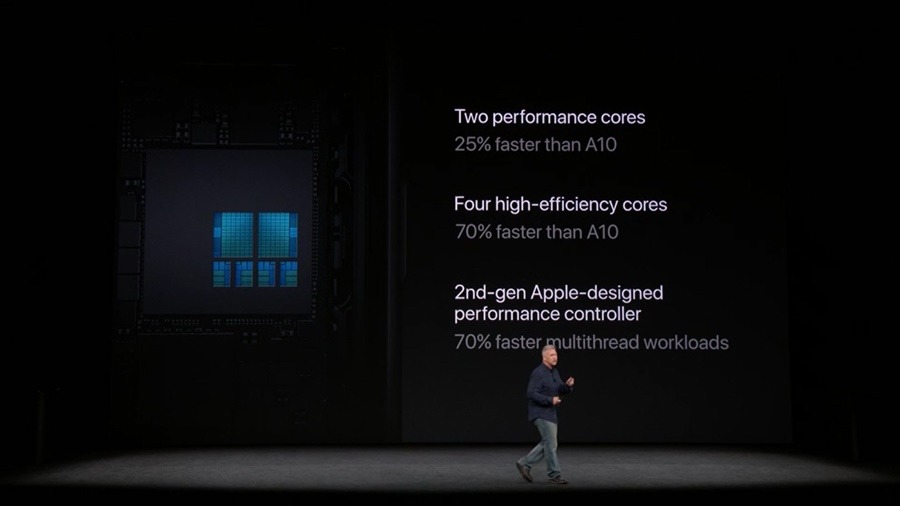
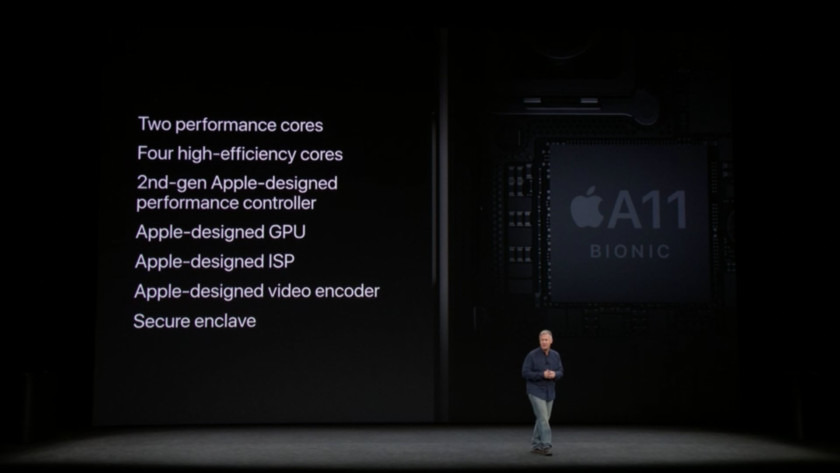







-m.jpg)






 Thomas Sibilly
Thomas Sibilly
 Marko Zivkovic
Marko Zivkovic
 Andrew O'Hara
Andrew O'Hara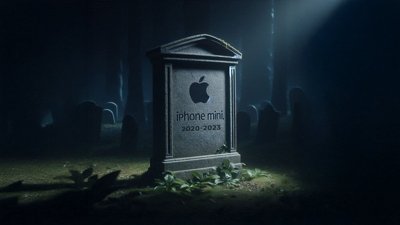
 Amber Neely
Amber Neely
 William Gallagher
William Gallagher
 Christine McKee
Christine McKee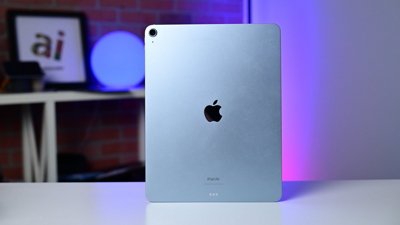
 Andrew Orr
Andrew Orr
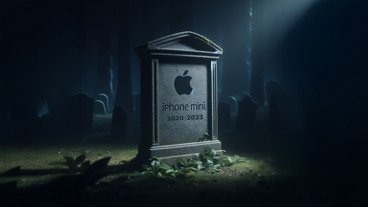

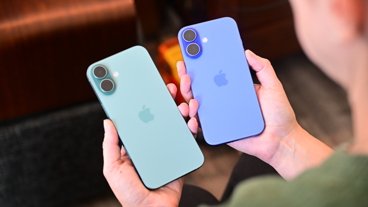






70 Comments
I'm curious for a deep dive into their GPU. Given they only have a 30% increase in performance, it would be nice if they took care of the heavy throttling seen in the A10 Fusion.
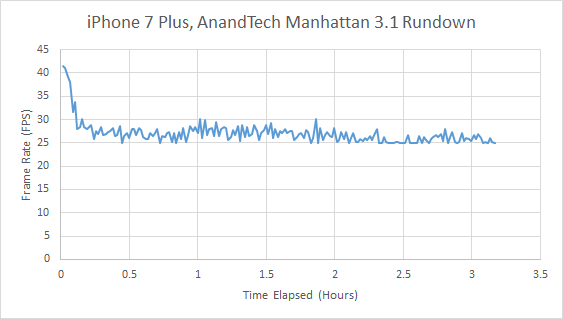
Source: Anandtech
The question remains when will MacBook One do away with Intel entirely. 2020 is my rough estimate. More than anything, I’d be most interested in what battery life they could squeeze for web browsing / YouTube video watching.
I have been hearing that same line "It appears that silicon is reaching limits, imposed by the laws of physics." since the mid-1990's. Yet, mysteriously year after year; we see performance improvements in the 30-50% range. Those improvements do not sound anything like hitting a limit, improvements in the 2-5% range sound like you are banging against a limit.
My dream is for them to begin development on a gaming chip for Apple TV. A small efficient one that can compete with PS4 Pro etc.
That's because people lack creativity.
the other day idiots online were arguing with me about cars. Their argument was that cars have reached their innovation limits and there was no where else to go.....